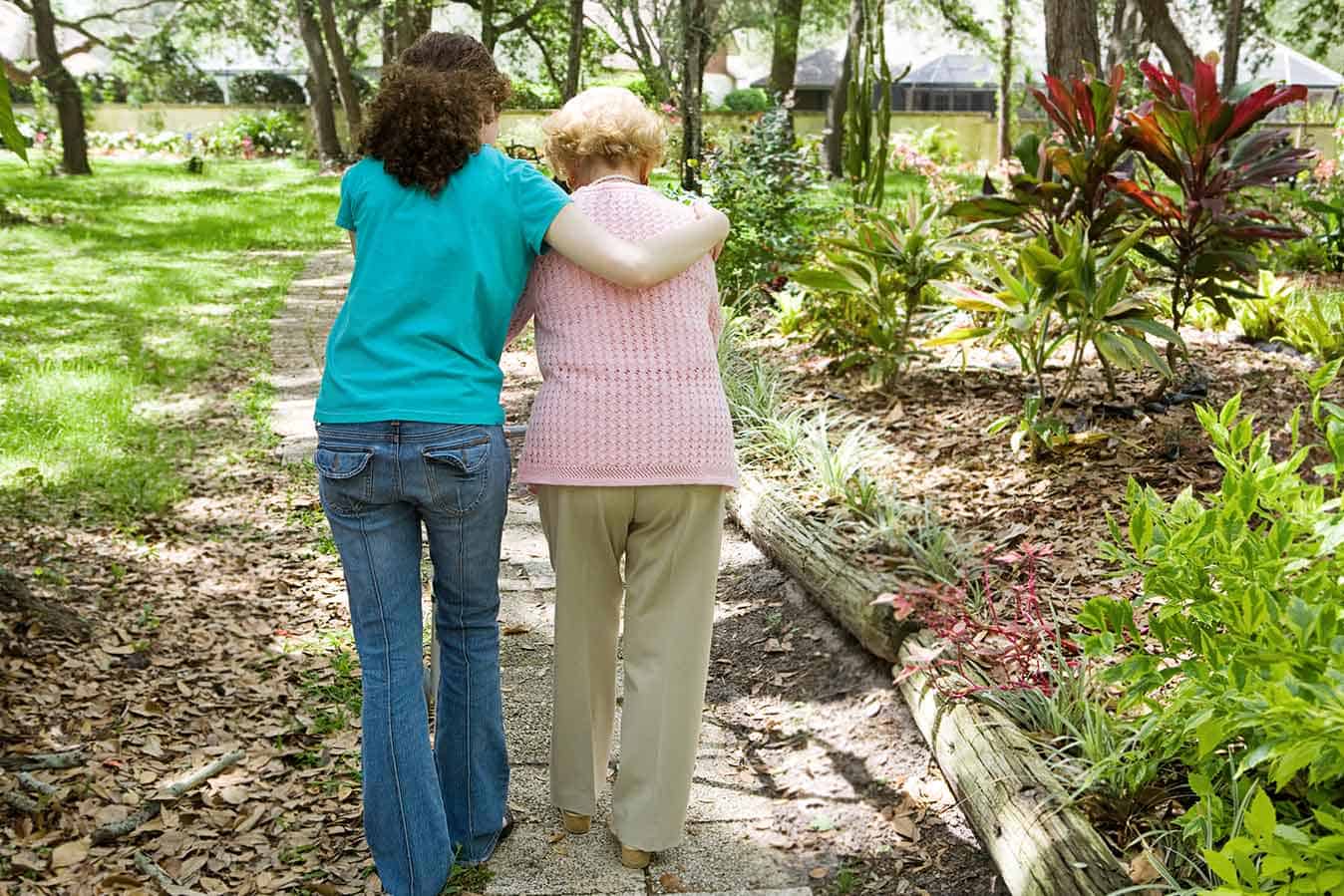The number of Australians living with dementia, the second leading cause of death in the country, is continuing to rise, according to a new report from the Australian Institute of Health and Welfare (AIHW).
Launched today, the report, Dementia in Australia, is AIHW’s most comprehensive report on the disease since 2012. It provides latest statistics on population health impacts, carers and care needs, health and aged care service use, and direct expenditure in relation to dementia.
According to data, dementia was responsible for 14,700 deaths in 2019, accounting for 9.5% of all deaths during that year. It was the second leading cause of death behind coronary heart disease, and the leading cause of death among women (around 9,200 deaths).
Estimates regarding the number of Australians currently living with dementia typically range from 386,200 to 472,000. Under the AIHW’s estimate of 386,200, the number of Australians living with dementia is expected to more than double to 849,300 by 2058.
“Dementia is an umbrella term for a large number of conditions that gradually impair brain function,” AIHW spokesperson Dr Fleur de Crespigny said.
“It poses a substantial health, aged care and societal challenge and with Australia’s rapidly ageing population, it is predicted to become an even bigger challenge in the future.”
Research shows that ageing increases the risk of dementia, yet, dementia is not an inevitable part of ageing. One in 12 Australians aged 65 and over currently lives with dementia, and this increases to two in five Australians aged 90 and over. Nearly two-thirds of Australians living with dementia are women.
Although dementia is often considered to be an older person’s disease, it’s also estimated over 27,800 Australians aged under 65 are living with younger onset dementia, Dr de Crespigny points out.
The rate of dementia among Indigenous Australians is also estimated to be three to five times as high as the rate for Australians overall. In 2019, dementia was the fifth leading cause of death among Indigenous Australians aged 65 and over.
According to the report, in 2018-19, $3 billion of health and aged care spending was directed towards dementia, including $1.7 billion on residential aged care services, $596 million on community-based aged care services and $383 million on hospital services.
Dr de Crespigny says there is no known cure for dementia, however, there are medications that help manage symptoms of Alzheimer’s disease. In 2019-20, there were more than 623,000 prescriptions dispensed for dementia-specific medications to about 64,000 Australians with dementia aged 30 and over.
The report found most people in the advanced stages of dementia rely on care and support provided by residential aged care services. Over half of the people living in permanent residential aged care have dementia. In 2019–20, one-third of younger people (aged under 65) living in permanent residential aged care had younger onset dementia.
Meanwhile, the majority (65%) of people with dementia live in the community, with many requiring care and assistance from family and friends to continue to do so. In 2021, it is estimated that up to 337,200 Australians are providing constant unpaid care for a person with dementia, with over half of primary carers providing an average of 60 or more hours of unpaid care each week.
Dementia Australia Chief Executive Officer Maree McCabe welcomed the report and ongoing work by the AIHW to improve data about dementia.
“Better data about the experiences of Australians living with dementia and the people who care for them are essential and these can be used to improve policies and support services for those who need them most,” Ms. McCabe said.








